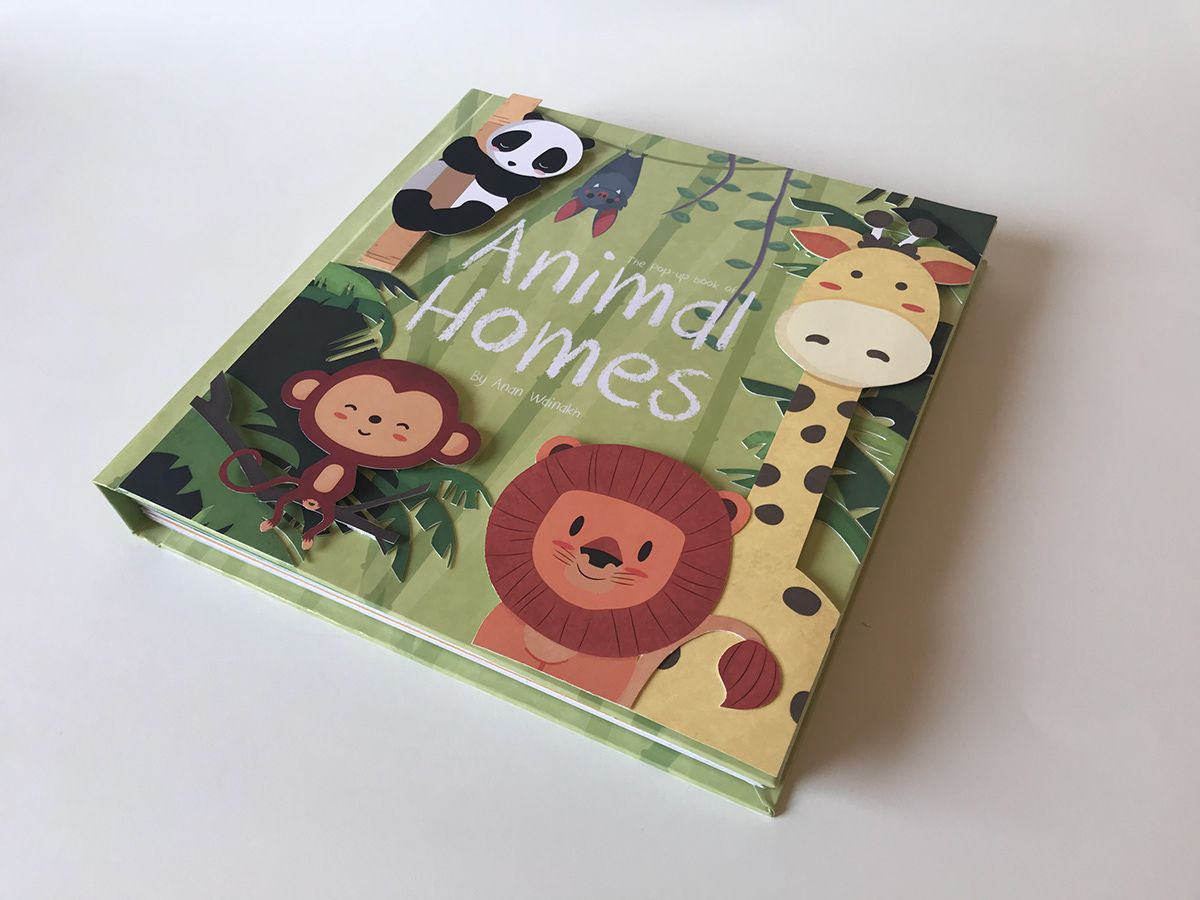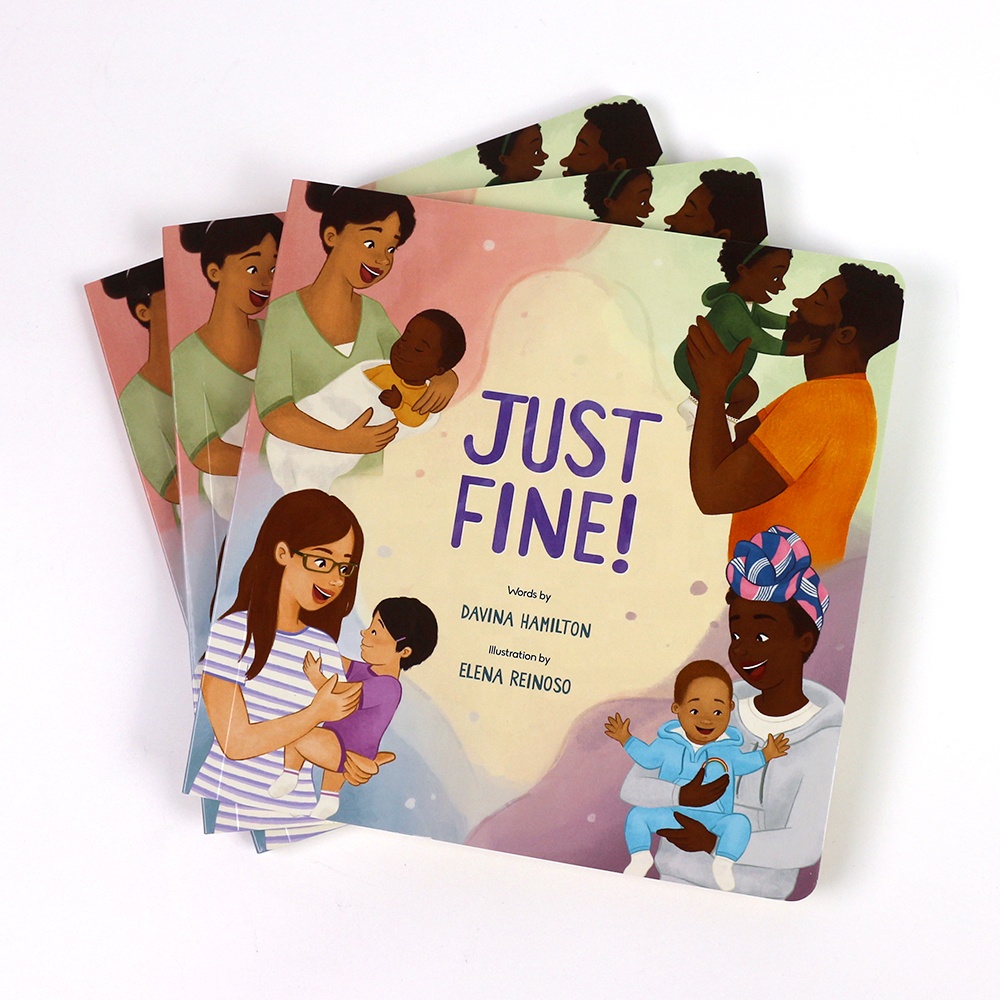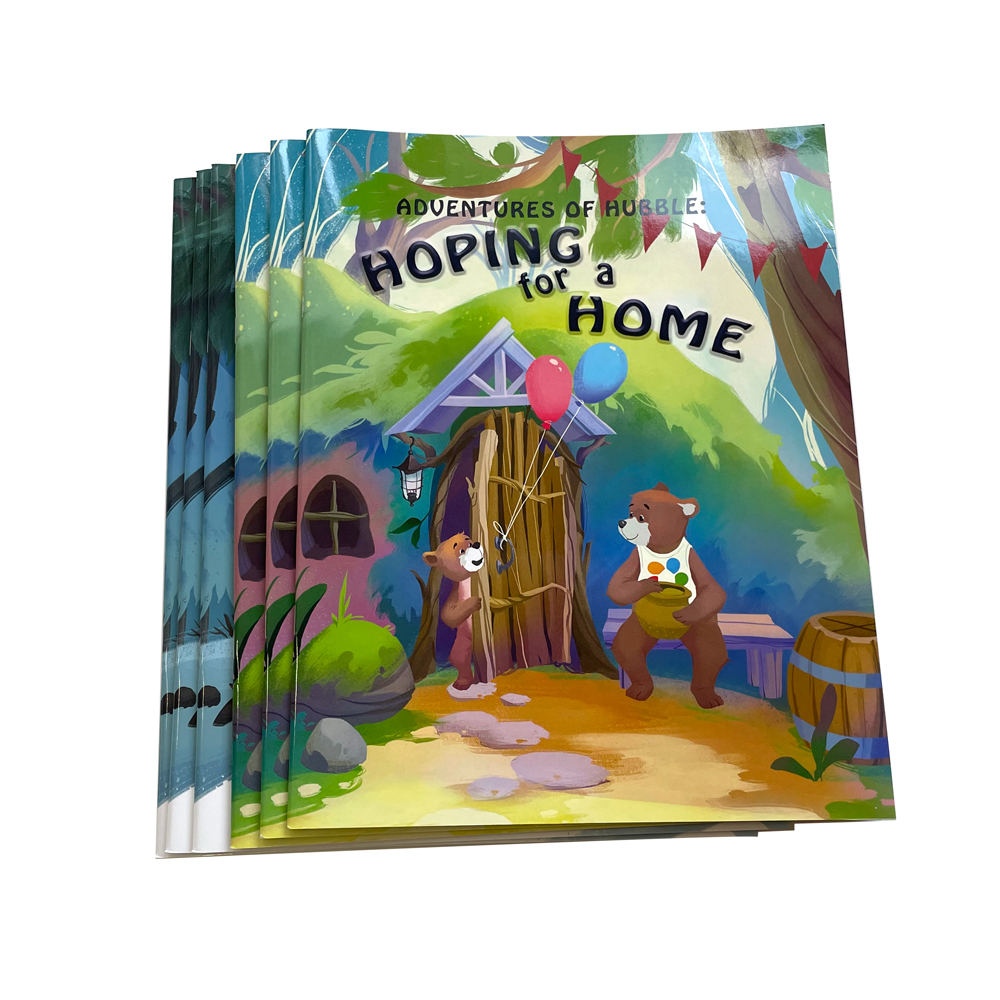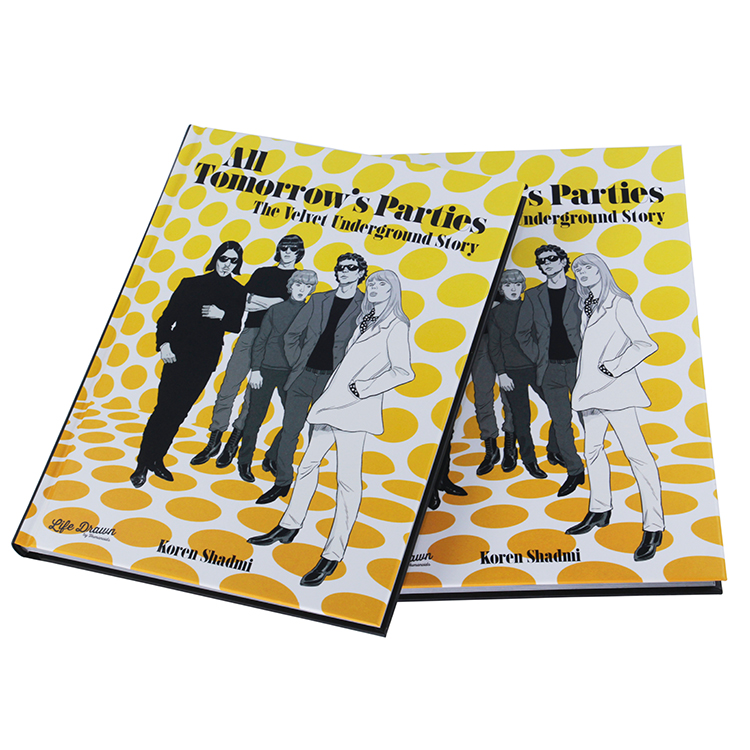Why is hardcover more expensive than board book?
When it comes to publishing literature for young readers, selecting the right printing format—whether a hardcover or a board book—plays a crucial role in meeting the specific needs of your audience. Each format has distinct advantages, but understanding the cost implications is essential for making an informed choice. In this article, we will delve into the differences between board books and hardcover books, focusing on why hardcovers generally come at a higher price point and helping you decide which option is best for your project.
Inhaltsverzeichnis
The Distinctions Between Board Books and Hardcovers
To fully grasp the differences between board books and hardcover books, it’s essential to explore their durability, structure, and intended audience. While both serve important roles in children’s literature, they cater to different age groups and functionalities.
What is a Board Book?
Board books are specially crafted for the youngest readers, making them a popular choice among parents, educators, and authors alike. Every page, including the cover, is produced from durable cardboard or paperboard, often with rounded corners to ensure safety. These compact and robust books can endure tearing, chewing, and spills, making them ideal for babies, toddlers, and preschool-aged children. Typically containing between 12 and 24 pages, board books are designed to be visually engaging, often featuring vibrant colors, textures, and interactive elements.
Advantages of Board Books
-
Safety: Designed with the youngest readers in mind, board books have rounded edges and sturdy pages, significantly reducing the risk of injury.
-
Engagement: The incorporation of interactive features such as flaps, textures, and bright illustrations captivates young readers and stimulates their senses.
-
Haltbarkeit: The thick cardboard pages resist tearing, making board books perfect for children who are still developing their fine motor skills.
What is a Hardcover Book?
Hardcover books, often referred to as hardbacks, feature a rigid exterior made of cardboard covered in cloth or durable paper, typically bound with sewn or glued pages. These books cater to a more mature audience, including older children, teenagers, and adults. Hardcovers are commonly used for various purposes, from novels to textbooks to collector’s items. Their premium appearance makes them a favorite among publishers and readers alike, though they do come with a higher production cost compared to other formats.
Advantages of Hardcover Books
-
Aesthetic Appeal: With their elegant look and feel, hardcover books are frequently chosen for special editions and high-quality publications.
-
Haltbarkeit: While they may not withstand rough handling like board books, hardcovers can last for decades with proper care.
-
Versatility: Hardcovers are suitable for a wide array of genres, ranging from children’s stories to complex academic texts.
Board Book vs. Hardcover: Key Considerations for Your Printing Project
Choosing between a board book and a hardcover book is a significant decision, as it impacts both usability and appeal. Here are several crucial factors to consider:
1. Cost Implications
Board books are generally less expensive to produce due to their simpler manufacturing process. The materials and labor required are minimal compared to hardcover books, which necessitate more intricate production methods and higher-quality materials.
-
Pappbilderbücher: The cost-effective nature of board books makes them accessible for families, educators, and libraries.
-
Hardcover Books: The production costs for hardcovers are higher, driven by the use of premium materials and complex binding techniques.
2. Target Audience
Understanding your audience is vital. Board books are tailored for infants and toddlers, providing a safe and durable reading experience. On the other hand, hardcover books are designed for older children and adults, offering more sophisticated narratives and themes.
Content Length and Complexity
The typical length and complexity of the content will influence your format choice.
-
Pappbilderbücher: These books generally contain fewer pages and focus on simple, engaging stories that young children can easily handle.
-
Hardcover Books: They can accommodate longer, more intricate narratives, making them suitable for a broader range of topics and themes.
Durability and Usage
Board books are engineered for the wear and tear of everyday use by young children, making them nearly indestructible in most situations. Conversely, while hardcover books are robust, they are better preserved in controlled conditions, as they are often cherished as part of a collection.
Shape and Design
Board books typically have rounded edges, which minimize the risk of injury during enthusiastic reading sessions. Hardcover books, with their defined edges, maintain a traditional aesthetic but require careful handling to avoid damage.
Visual Appeal and Functionality
Board books often utilize bold imagery and minimal text to engage very young readers. However, they may not hold the interest of older children, who seek more substantial content. Hardcover books, with their premium appearance, are versatile and suitable for various applications, including novels, academic texts, and high-end marketing materials.
By understanding these distinctions, you can better align your book’s format with your project goals and audience, enhancing the overall reading experience and maximizing the value of your publication.
FAQs
1. Why are hardcover books generally more expensive than board books?
Hardcover books typically require more expensive materials, such as cloth or leather for the covers, and a more intricate binding process. The manufacturing complexity and higher-quality components contribute to the increased cost compared to board books, which have a simpler production method.
2. Are board books suitable for all age groups?
Board books are specifically designed for very young children, such as infants and toddlers. They provide a durable and safe option for this age group, while hardcover books cater to older children and adults, offering more complex narratives and themes.
3. How do I determine which format to choose for my project?
To determine the best format for your book, consider your target audience, content length, and budget. If your project is aimed at very young readers, board books may be the best option due to their durability and engaging content. For more complex stories or educational materials for older readers, hardcover books would be more appropriate. Evaluating these factors will help ensure a successful printing project.
In conclusion, both board books and hardcover books serve important roles in literature for young readers. Understanding the differences between the two formats can help you make informed decisions that align with your project’s objectives, ensuring that your publication resonates with its intended audience.
Buchdruck
Neue Produkte
Letzter Blog
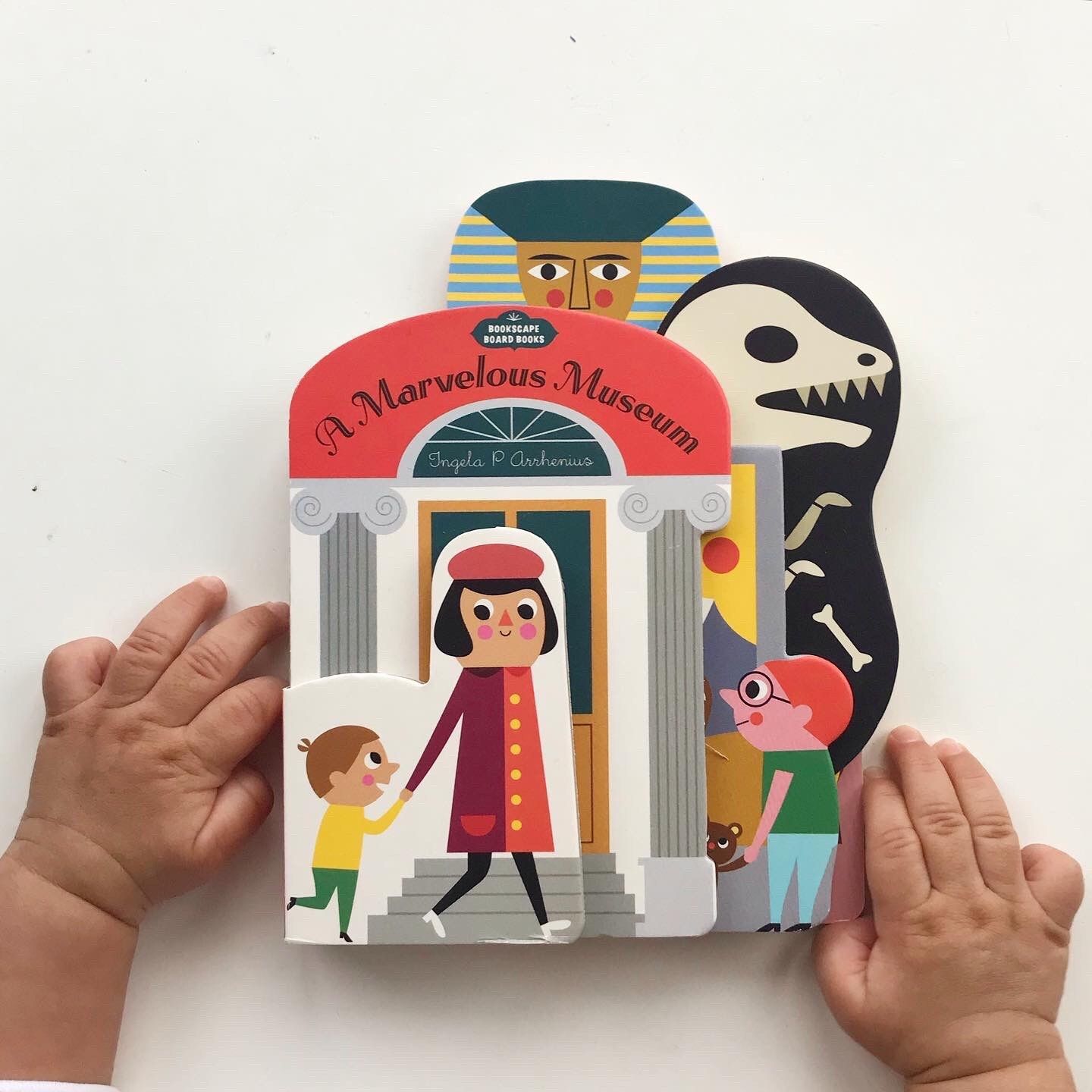
What Is The Difference Between Board Book And Hardcover
When it comes to publishing literature for young readers, selecting the right printing format—whether a hardcover or a board book—plays a crucial role in meeting the specific needs of your audience.
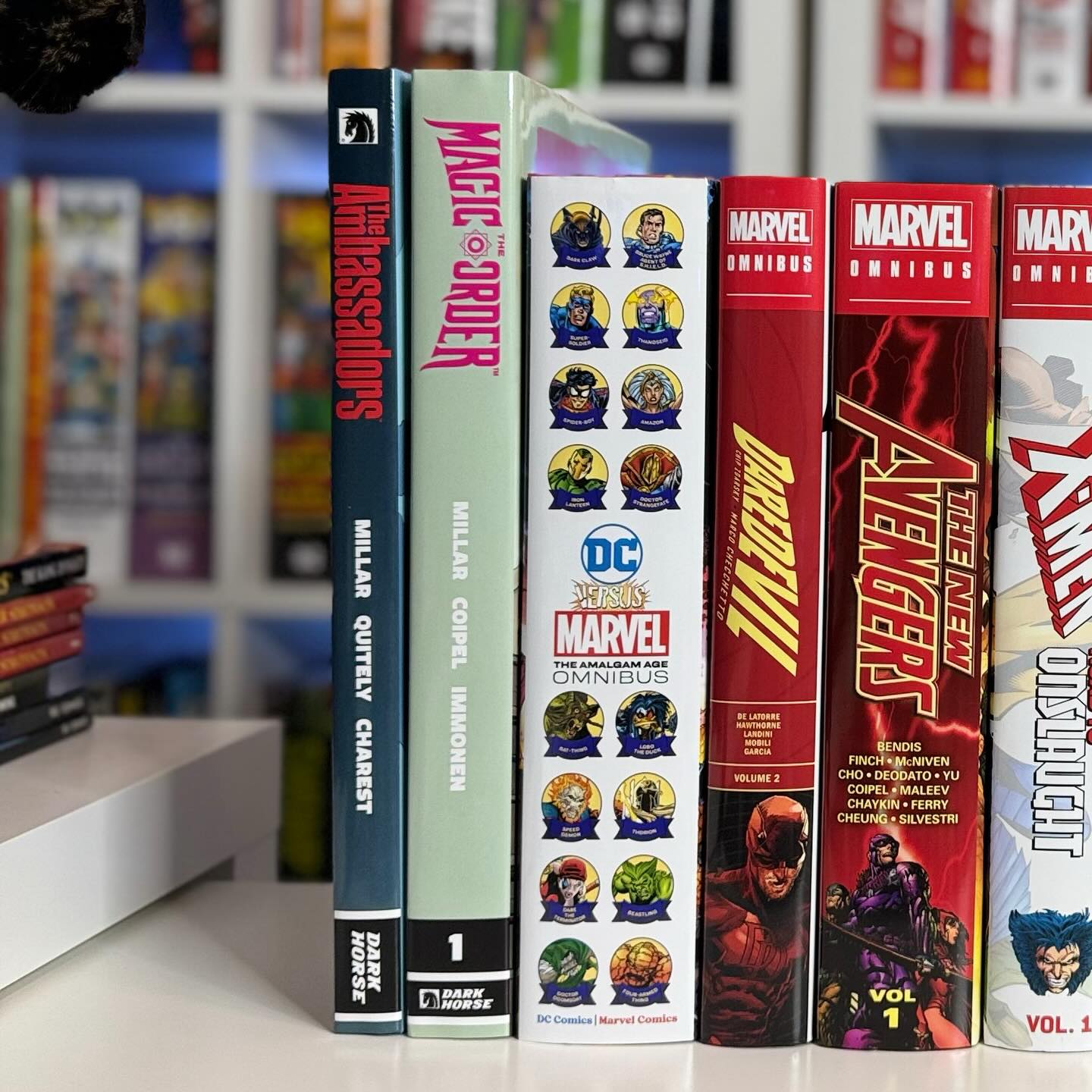
wie viel kostet der buchdruck
Die Druckkosten für Bücher können zwischen 1 und 100 US-Dollar pro Buch liegen, abhängig von Faktoren wie Menge, Material und Art. Taschenbücher sind beispielsweise günstiger und kosten oft 1 bis 100 US-Dollar für Schwarzweißdrucke, während gebundene Ausgaben oder Vollfarbdrucke aufgrund der höheren Produktionskosten bis zu 100 US-Dollar kosten können.
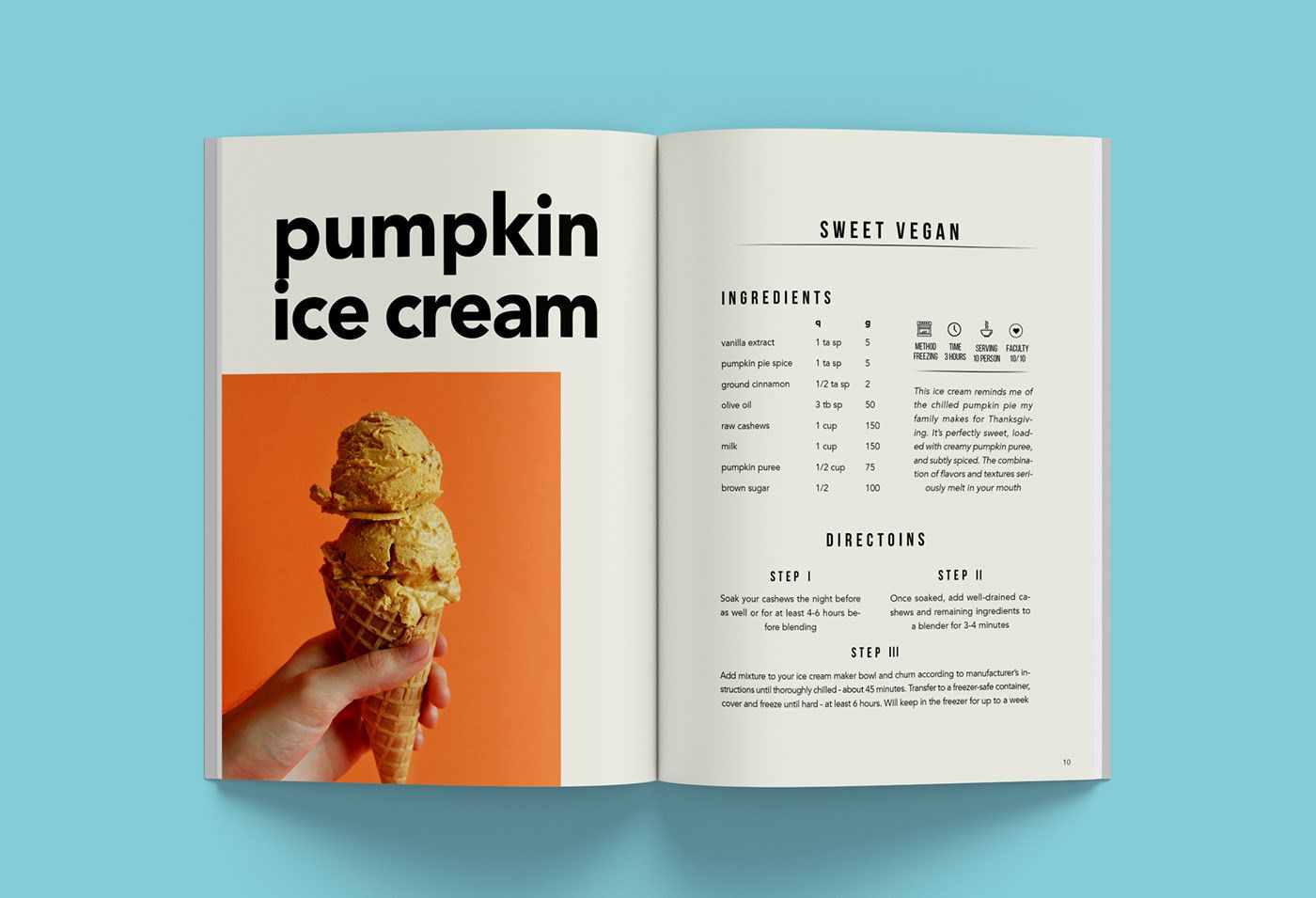
Warum sind einige Hardcover-Ausgaben viel günstiger als die Taschenbuchausgaben?
Die Preisgestaltung von Büchern war für Leser schon immer ein komplexes und manchmal verwirrendes Thema. Während gebundene Bücher aufgrund ihrer robusten Materialien und höheren Produktionskosten traditionell als teurer gelten
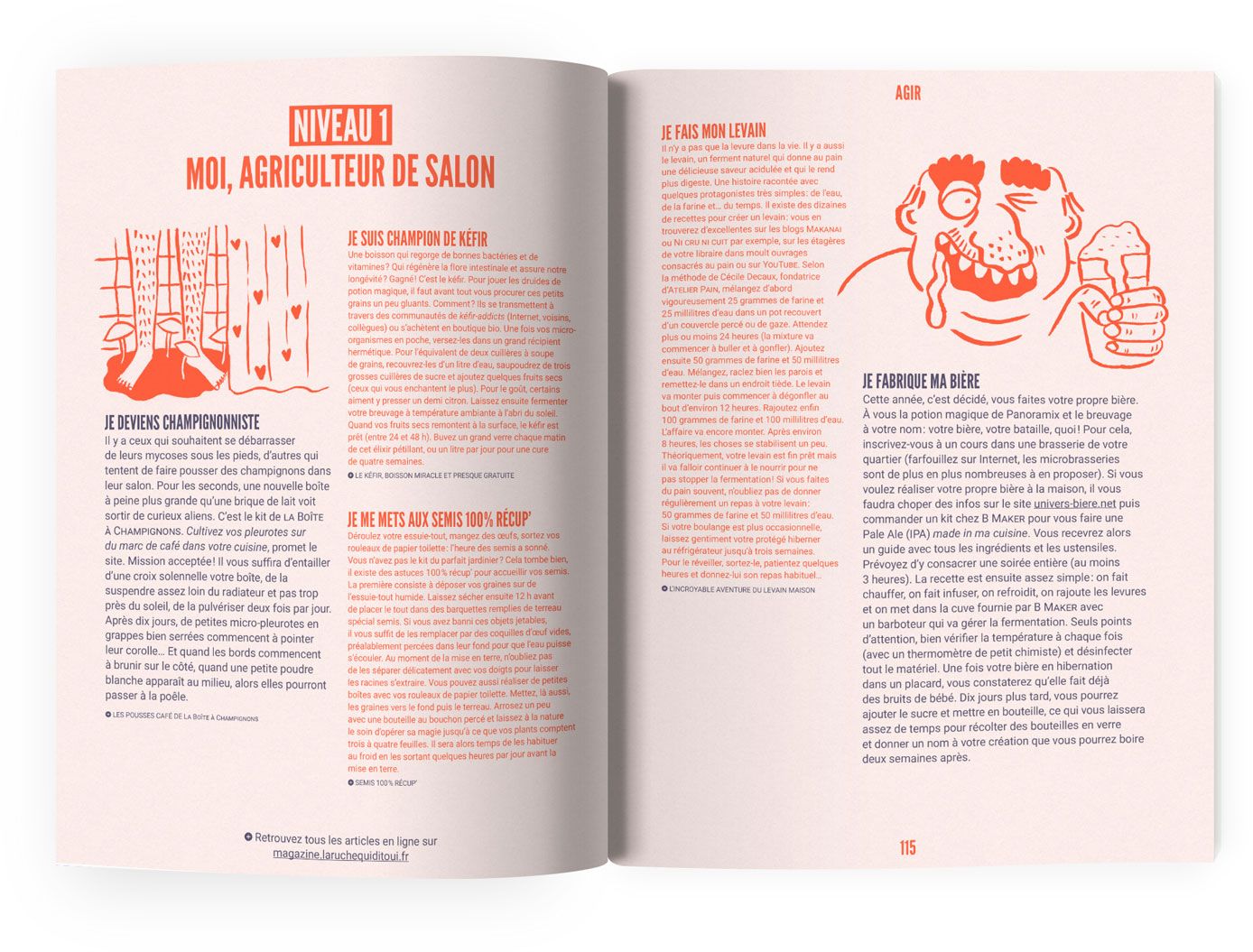
Wie viel kostet das Drucken von Büchern
Die Reise der Selbstveröffentlichung eines Buches ist aufregend und herausfordernd zugleich. Als Buchdruckerei
Kontaktieren Sie uns
- +86 13946584521
- info@booksprinting.net
- 8:00 - 22:00 Uhr (Mo - So)
Kommentare
Verwandter Blog
Finden Sie die neusten Trends und allgemeines Wissen im Buchdruckgeschäft.
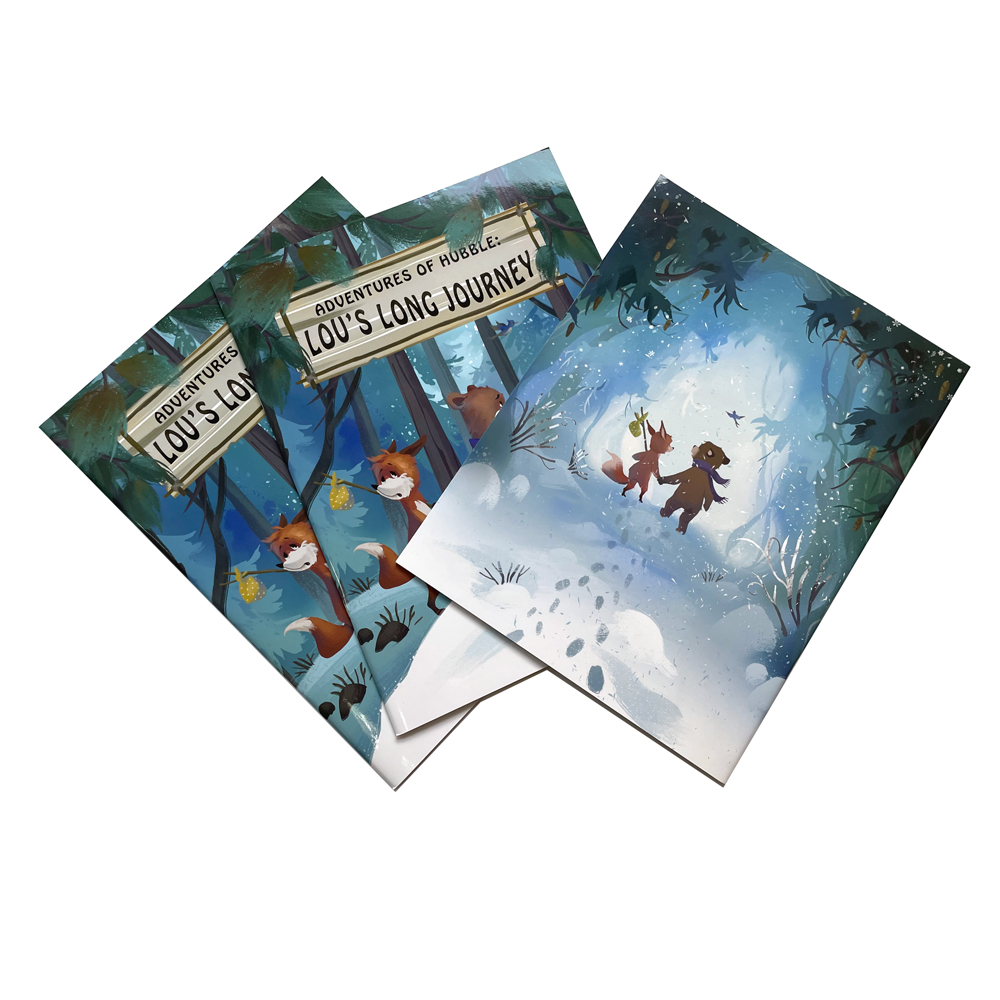
Warum werden die meisten Bücher in China gedruckt?
In der heutigen globalisierten Wirtschaft stellt der Buchdruck in China zunehmend eine kostengünstige und qualitätsorientierte Lösung dar.
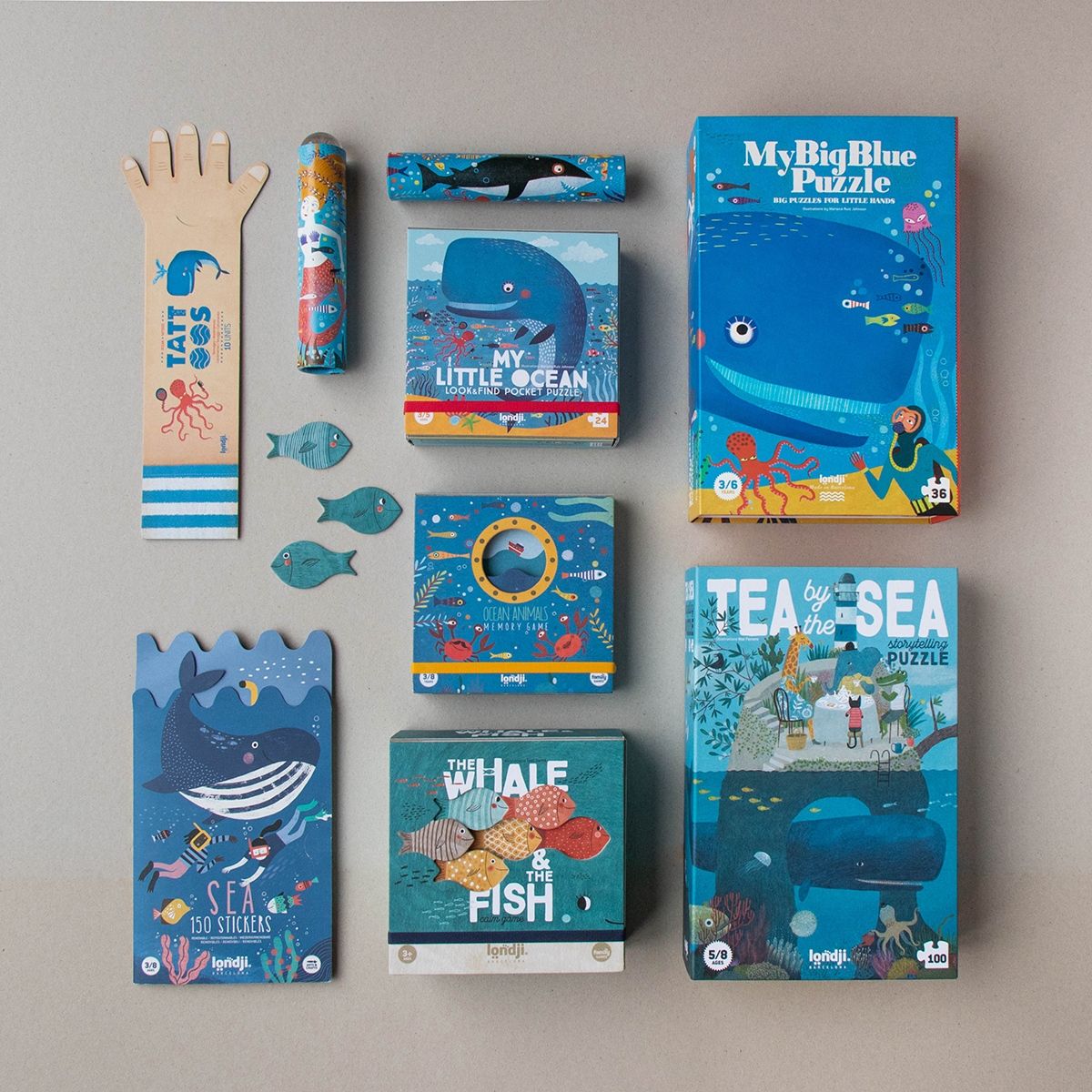
Wie viel kostet es, ein Pappbilderbuch zu drucken?
Pappbilderbücher erfreuen sich bei Eltern und kleinen Kindern gleichermaßen großer Beliebtheit. Der Reiz dieser robusten,
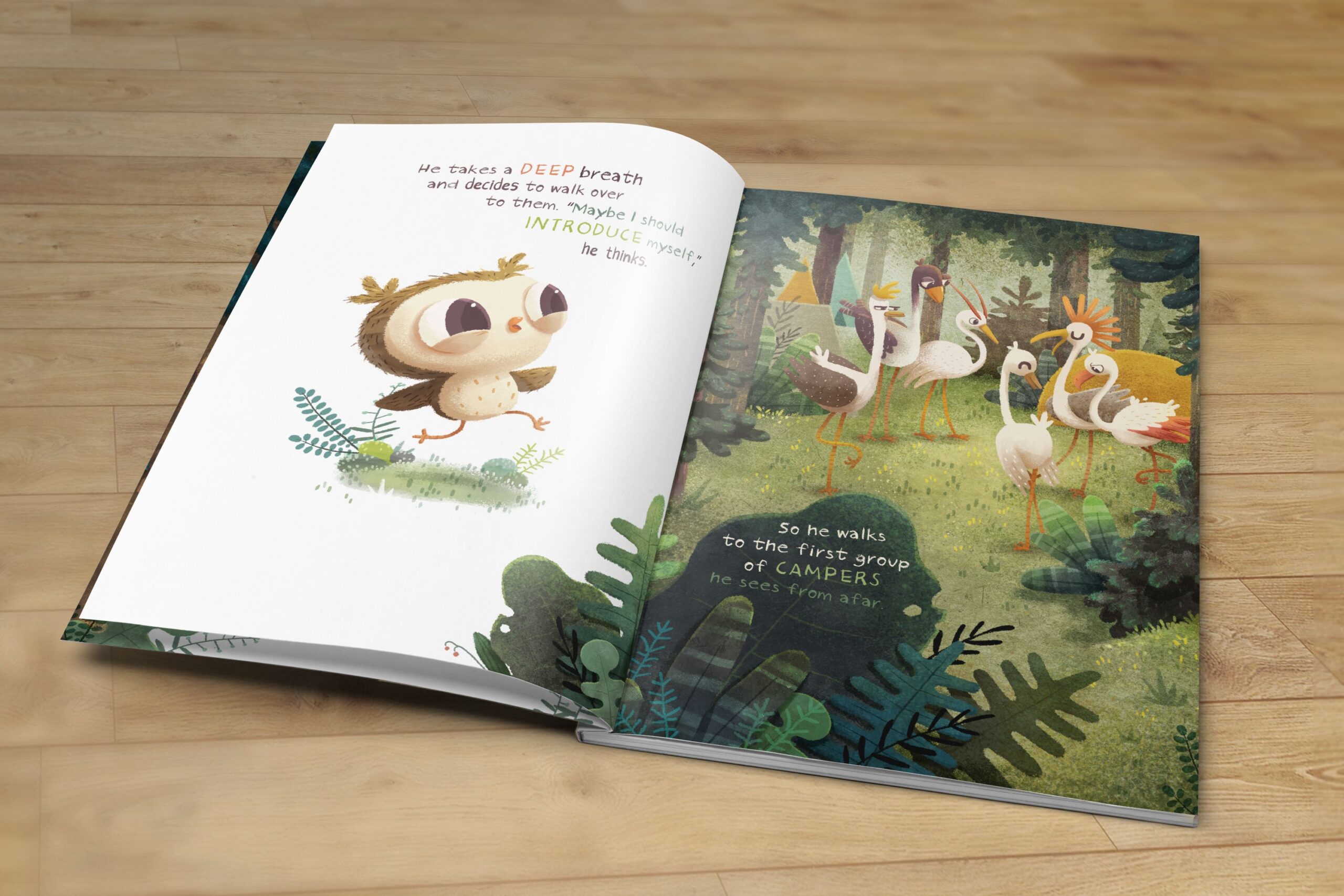
Welches Papier eignet sich am besten für Bilderbücher?
Beim Drucken von Bilderbüchern spielt die Papierqualität eine entscheidende Rolle für das Endergebnis. Die richtige Papierwahl steigert die visuelle Attraktivität Ihrer Illustrationen,
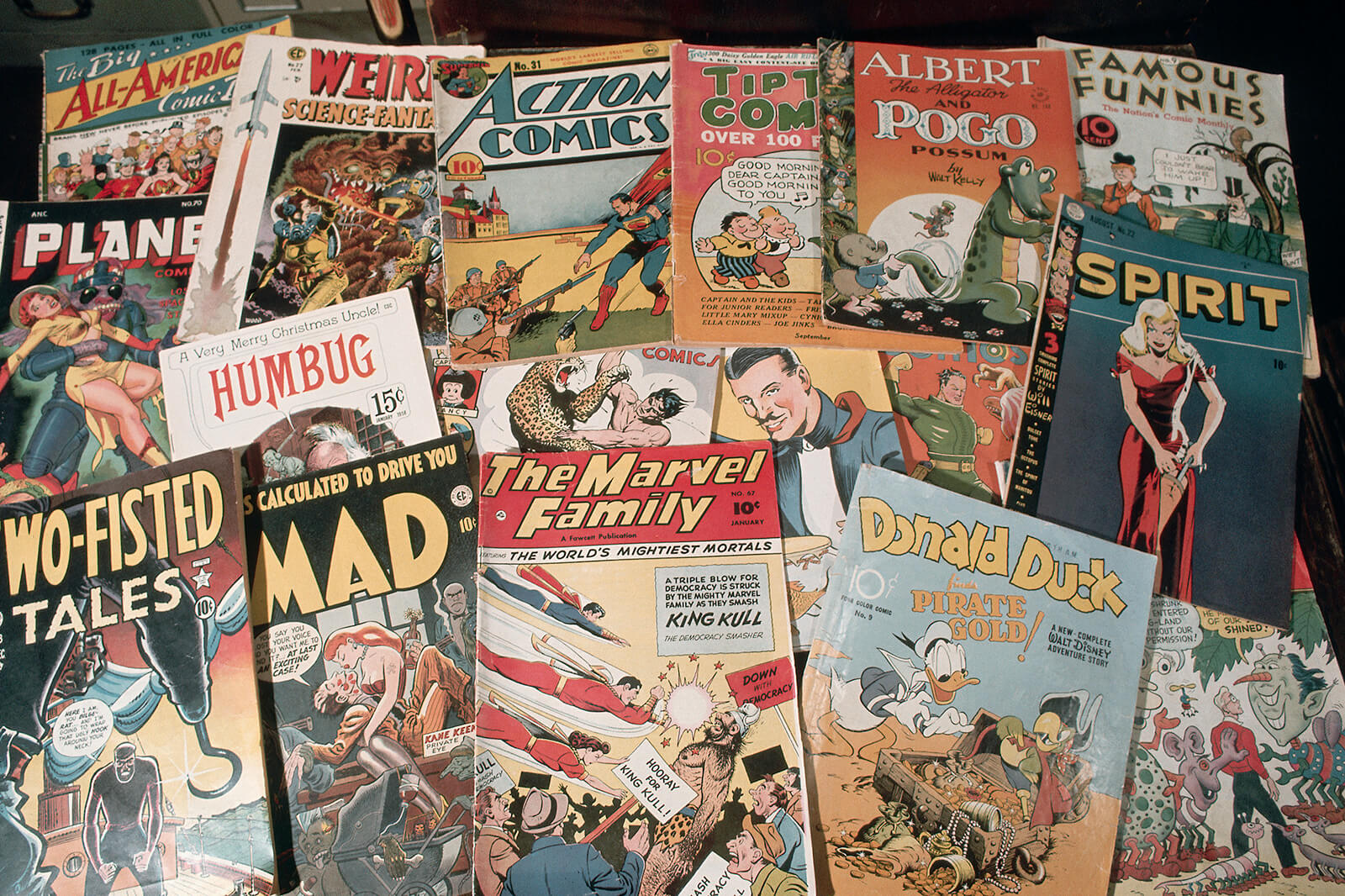
Wie viel kostet es, ein Comicbuch zu drucken?
Das Erstellen eines Comics ist nicht nur ein Projekt; es ist eine Leidenschaft, die Geschichtenerzählen, Kunstfertigkeit und Unternehmergeist vereint. Für viele Künstler und Autoren

